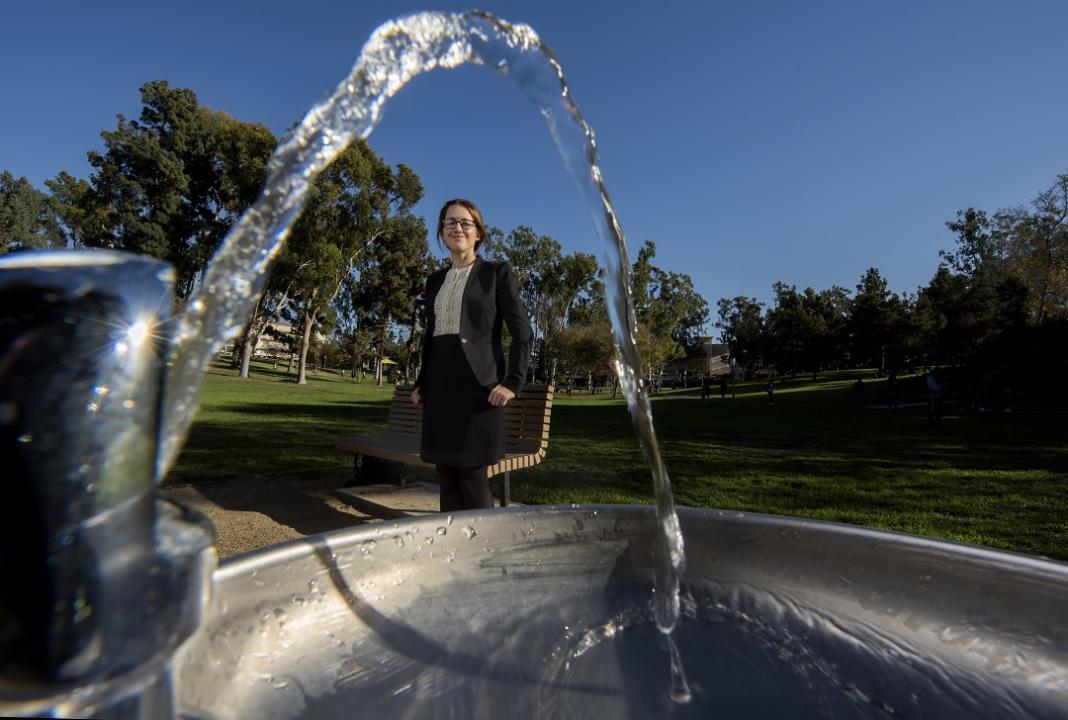
Problems more frequent in low-income, rural areas of the nation
While serious violations like those in the Flint, Michigan, crisis are rare, ensuring reliable access to safe drinking water poses challenges for communities across the country, according to a recent study led by a School of Social Ecology professor.
Researchers found that between 1982 and 2015, 9 million to 45 million people annually were affected by water quality issues – and that low-income, rural regions were most vulnerable. Infractions were more numerous in “hot spots” in Texas, Oklahoma and Idaho, suggesting that these systems struggle with recurring problems.
For this first nationwide assessment of drinking water quality over several decades, trends in health-related incidents were evaluated along with vulnerability factors possibly influencing the frequency of violations since the 1974 passage of the Safe Drinking Water Act. Not all infractions pose immediate health concerns, but drinking water contaminants can cause short-term illnesses such as gastroenteritis, as well as chronic conditions including cancer and neurological disorders.
“We felt that in the aftermath of the Flint lead crisis, there was an urgent need to assess the current state of drinking water in the U.S.,” said study author Maura Allaire, assistant professor of urban planning and public policy. “Generally, the country’s utilities deliver high-quality water, but every year, about 7 to 8 percent of community systems do not meet health-related standards. Identifying hot spots and vulnerability factors associated with violations indicates the types of communities that can benefit from greater regulatory oversight and assistance to help reduce quality issues, improve compliance and ensure safe drinking water across the nation.”
Study results appear in the early online edition of the Proceedings of the National Academy of Sciences for the week of Feb. 12.
The research showed that rural areas tend to be less able to comply with quality regulations. Their community water systems experience financial strain due to declining populations, lower incomes, scarcity of technical expertise, and restricted access to loans and outside financing for infrastructure upgrades or major maintenance.
Compliance is associated with purchased water sources and private ownership. Purchased water is supplied by wholesale agencies, which have greater resources to meet federal standards, while private utilities have considerable assets at stake should they deliver poor-quality water and subsequently face lawsuits or takeover by a municipal government.
“Public policies that target underperforming utilities include prioritization of technical guidance and financial support,” Allaire said. “Training can be expanded to address common operational deficiencies, such as protection of source water and better monitoring and maintenance. And, where feasible, purchased water contracts and consolidation of systems could provide a way to achieve economies of scale for improved treatment technologies.”
Haowei Wu, Upmanu Lall, and Alan and Carol Silberstein of Columbia University contributed to the project, which received a NatureNet Science Fellowship, a National Science Foundation award (No. 1360446) and a grant from Columbia University’s Earth Institute.
The study was featured in The New York Times, Science Magazine, Pacific Standard, Health.com, USA Today, Futurism, Inverse Science, Business Insider, United Press International and Michigan Radio.